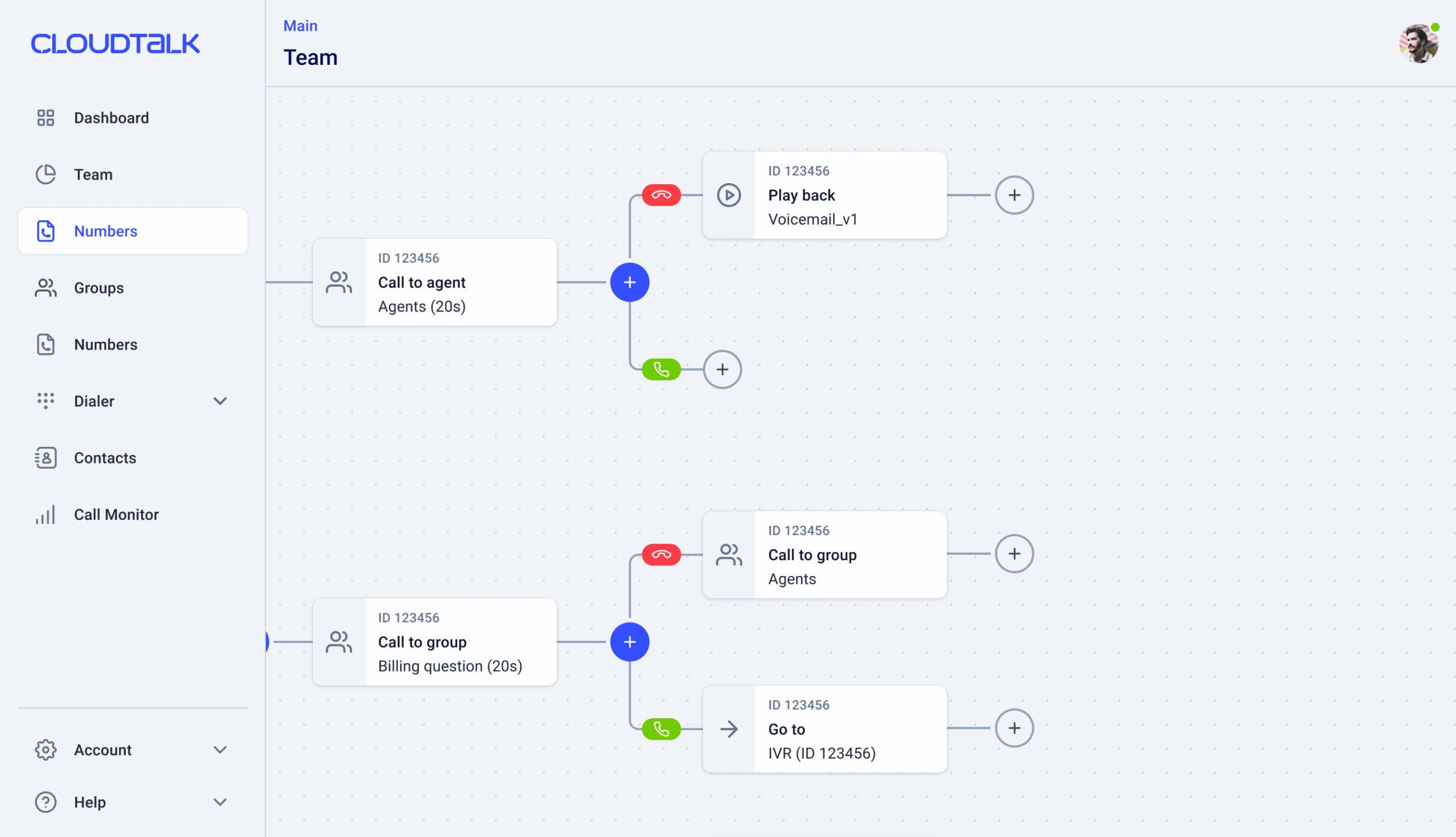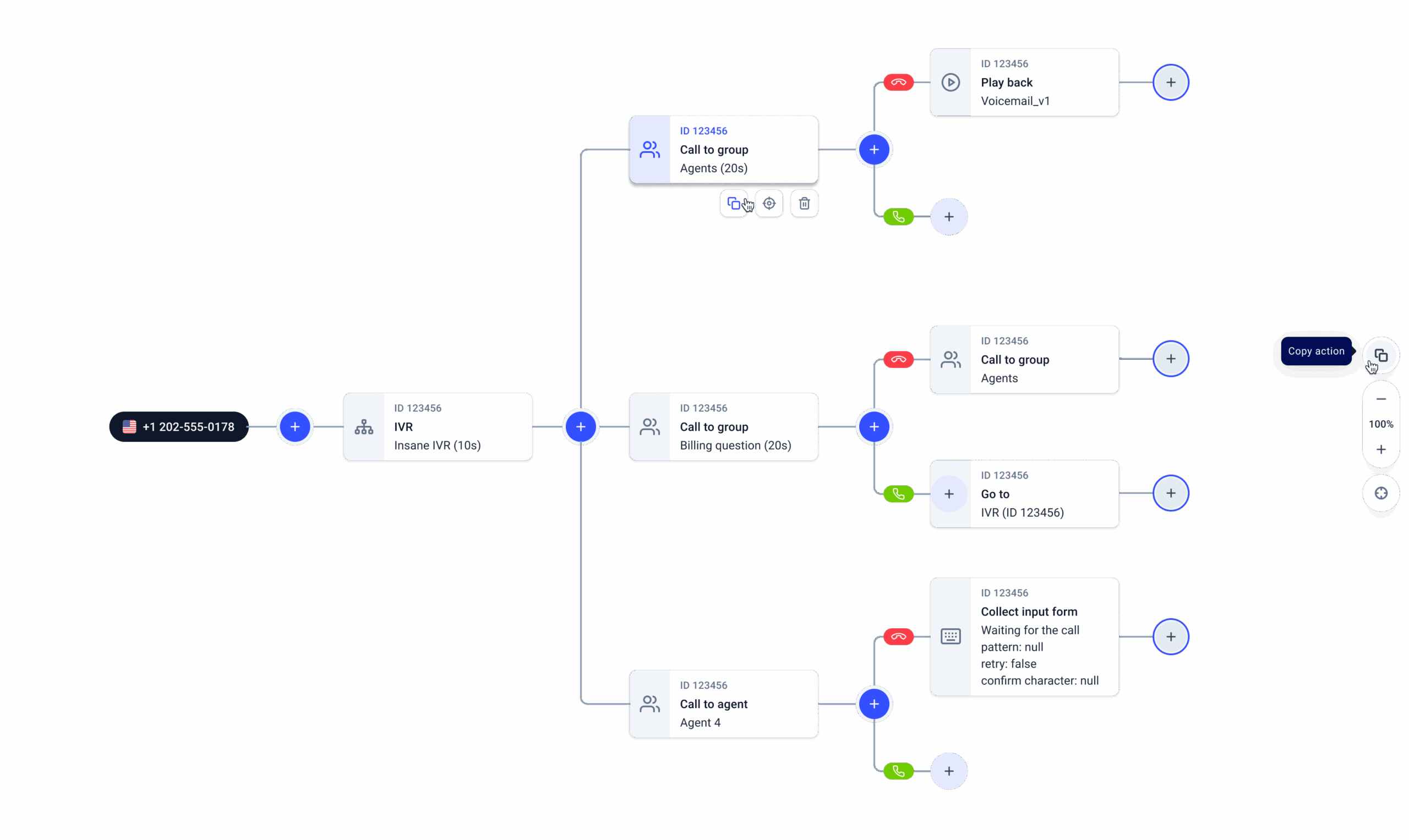Your inbox is overflowing—Spanish, German, French. Your team’s guessing, Google Translating, and losing customers fast. Sound familiar? It’s time to fix that.
When your support team becomes an impromptu translation squad, speed and accuracy take a hit—and so does customer loyalty. One wrong word, one delayed reply, and you’ve lost trust that’s hard to win back.
These scenarios aren’t edge cases anymore. As companies scale, multilingual customer service has gone from optional to essential. Whether you’re a growing startup or an established enterprise, supporting customers in their native language builds trust—and keeps them coming back.
In fact, 40% of global consumers say they won’t buy from brands that don’t offer help in their language¹. That’s not just a customer preference—it’s a business risk.
Multilingual customer support isn’t just about translation. It’s about delivering fast, empathetic, and accurate responses across every channel. In this guide, we’ll explore how to scale your support using smart staffing, automation, and AI—without sacrificing quality or your bottom line.
Key Takeaways
-
Multilingual support isn’t optional—it’s a business growth driver. Clear communication in your customer’s language builds trust, reduces churn, and increases lifetime value.
-
Start simple, scale smart. Even bilingual support can make a measurable impact before expanding into full multilingual operations.
-
Technology is your multiplier. Tools like Smart Routing, IVR, and AI Voice Agents help you deliver faster, more scalable support—without growing your headcount.
-
Cultural awareness matters as much as language. Tailoring tone, etiquette, and communication style drives better customer experiences across markets.
-
Every channel is an opportunity. From phone and email to live chat and AI agents, consistency across touchpoints is key to building loyalty at scale.
Speak Your Customer’s Language. Anywhere, Anytime.
What Is Multilingual Customer Support?
Multilingual customer support is the ability to assist customers in their native language—whether it’s over the phone, through chat, email, or self-service channels. It’s about removing language as a barrier to fast, effective help.
At its core, multilingual support means creating an experience where customers feel understood, no matter where they are or what language they speak. It’s not just about translation—it’s about empathy, clarity, and context.
For global or growing companies, offering multi language customer service is a smart way to reduce churn, increase satisfaction scores, and tap into new markets more effectively.
Businesses that invest in multilingual support are better equipped to meet rising customer expectations, boost retention, and elevate the overall multilingual customer experience—a key differentiator in competitive markets.
What Are the Benefits of Multilingual Customer Support?
Your team just resolved a complex issue over the phone—in English. The process was smooth, the tone professional, and the customer left satisfied.
Now imagine that same customer spoke Portuguese or Mandarin. Without multilingual customer care, the outcome might have been entirely different: delayed replies, misunderstood questions, and lost trust.
Here’s how multilingual customer support helps your business scale smarter and serve better:
-
Improved Customer Retention
Customers are more likely to stick with brands that speak their language. It’s not just polite, it’s personal. This boosts loyalty and lifetime value.
-
Higher First-Call Resolution Rates
When customers understand your agents clearly, issues get solved faster. That means fewer escalations and shorter ticket queues.
-
Expanded Global Reach
Offering multi-language customer support opens the door to new markets—without needing separate teams in every region.
-
Competitive Advantage
Few companies do this well. Providing multilingual customer experience instantly sets you apart in saturated markets.
-
Better Customer Service Metrics
From CSAT to NPS, multilingual service can directly improve KPIs by eliminating language-related friction.
-
Revenue Growth Opportunities
When customers feel heard, they buy more—and more often. Multilingual support contributes directly to upsells, renewals, and cross-border sales.
Pro Tip
Boost Retention With Multilingual Service That Scales
Common Challenges Related to Delivering Multilingual Customer Support
Growing your multilingual support isn’t only about extra headcount or translating a few help articles. It comes with real operational and strategic hurdles—especially as you scale. Here are some of the most common challenges support leaders face:
1. Resource Allocation and Scaling
Hiring bilingual agents is only the first step in supporting multiple languages. It requires thoughtful team structure, smart routing, and efficient workflows. Without a plan, you risk burning out your team or stretching resources thin. The right customer service strategies can help balance speed, cost, and quality.
2. Handling Less Common or Rare Languages
Not all customers speak one of your core service languages—and finding agents fluent in rare languages is costly and time-consuming. In these cases, automation or AI translation tools can help fill gaps, but they require oversight to maintain a consistent multilingual customer experience.
3. Technical and Integration Limitations
Even with the right people, outdated systems or siloed platforms can block smooth multi-language customer support delivery. Many businesses struggle with integrating translation tools, CRMs, and support channels. The result? Delays, data loss, or inconsistent tone—which are all common customer service mistakes that impact trust and satisfaction.
6 Tips to Improve Multilingual Customer Support in Your Organization
1. Determine the Level of Support You Can Provide
Not every company needs 15 languages on day one. Sometimes, starting with a bilingual support service—like English and Spanish—can cover most needs before expanding further.
For example, an e-learning platform may notice a surge in Italian-speaking users opening tickets. If these take twice as long to resolve, prioritizing Italian support can quickly improve satisfaction.
Here’s how to decide:
-
Audit customer data: Use call recordings and spot recurring language requests.
-
Survey customers: Ask which languages they prefer.
-
Map needs to channels: Some languages may dominate chat vs. calls.
-
Align with goals: Match resources to your global growth strategy.
2. Build a Diverse and Multilingual Team
Fluency alone isn’t enough—agents also need cultural awareness to deliver true multilingual customer care. Diversity in your team ensures better empathy and stronger customer relationships.
For instance, a financial services company may train agents differently for Germany—where customers expect detailed responses—versus Brazil, where a conversational tone works better.
Here’s how to invest in your team:
-
Hire strategically: Recruit agents fluent in key customer languages.
-
Promote diversity: Reflect your customer base in your workforce.
-
Train for nuance: Teach etiquette, communication styles, professionalism.
Pro Tip
3. Leverage Multilingual Call Center Services and AI
A multilingual call center service helps you route calls, provide 24/7 coverage, and maintain consistent CX across markets. Adding AI and automation helps scale efficiently.
For example, an IT services company could deploy a multilingual chatbot to manage password resets in English, Spanish, and German—reducing pressure on live agents.
Here’s what to use:
-
AI chatbots: Automate FAQs across languages.
-
IVR menus: Route callers to the right queue.
-
Smart Routing: Match language with available agents.
-
Real-time translation: Fill gaps when native agents aren’t available.
4. Create Cross-Cultural Best Practices
Language is only part of the challenge—culture matters, too. What’s polite in one region may feel rushed or cold in another. Defining best practices ensures a consistent multilingual customer experience worldwide.
For example, an e-commerce retailer may learn that Japanese customers expect highly formal written responses, while U.S. shoppers value speed over formality.
Here’s how to apply it:
-
Standardize etiquette: Define tone, formality, and response times by region.
-
Localize, don’t just translate: Adapt content to cultural norms.
-
Share playbooks: Document best practices across all teams. Avoid common customer service mistakes.
5. Communicate Support Availability Clearly
Customers want to know if help is available in their language. Being upfront avoids frustration and sets clear expectations.
For example, a SaaS company might advertise that Spanish chat support is live during business hours, while after-hours inquiries are handled via a chatbot.
Here’s how to manage it:
-
Set clear hours: Publish when language-specific support is live.
-
Use smart routing: Direct calls or chats automatically.
-
Offer alternatives: Suggest chatbots or knowledge bases when agents aren’t available.
6. Monitor and Continuously Improve Multilingual Support
Great multi-language customer support evolves. Measuring KPIs by language ensures service quality keeps improving.
For example, a SaaS company might analyze transcripts from French-speaking support calls to identify recurring issues and refine training.
Here’s how to refine your support:
-
Collect feedback in local languages: Capture accurate sentiment analysis.
-
Track performance by language: Watch CSAT, resolution time, FCR.
-
Iterate regularly: Update staffing, training, and tools as patterns emerge. Apply customer service techniques to improve.
Turn Every Global Interaction Into a Great Experience

The Most Effective Channels to Provide Multilingual Customer Service
Your customers don’t all reach out in the same way—or the same language. To build a scalable multilingual customer experience, you need to choose the right mix of support channels. Here are six that matter most.
1. Phone Support
When issues are urgent or complex, nothing replaces a real conversation. Phone support remains the most trusted channel for multilingual customer care, especially for high-value clients who expect direct human interaction.
Fintech company Aspire uses CloudTalk’s IVR menus and Smart Call Routing to connect callers in English, Mandarin, or Cantonese. This setup reduced missed calls by 23%, automated HubSpot ticket creation, and saved agents up to five minutes per call with AI-powered summaries—proving that multilingual phone support can scale efficiently while boosting customer satisfaction.
2. Live Chat
For quick questions or product-related concerns, live chat offers immediate support without the wait. It’s a natural fit for multi language customer service, since customers can switch between shopping and chatting seamlessly.
Shopify uses multilingual live chat to help merchants worldwide set up stores or troubleshoot payment issues in real time. With AI-driven translation layered on top of bilingual agents, companies reduce cart abandonment while creating more confident, satisfied buyers.
3. Email Support
While not instant, email remains essential for detailed or non-urgent inquiries. It provides a written record, making it easier to deliver multilingual customer support consistently across teams.
Nokia uses CloudTalk to streamline global communication with international clients, ensuring every call is logged and enriched with accurate insights. These learnings can then be carried over into email workflows, making it easier for support teams to follow up in the customer’s preferred language.
4. Knowledge Base and Self-Service
Many customers would rather solve problems themselves than wait for a reply. 91% of customers say they would use a knowledge base if it were available. A localized knowledge base gives them that option—anytime, in their own language. Adobe is a great example, offering a help center in multiple languages so users worldwide can access FAQs, tutorials, and guides.
Beyond reducing tickets, self-service also improves trust: customers know they can rely on you for answers without always contacting support. That’s why a multilingual knowledge base is a cornerstone of scalable multilingual customer experience.
5. Social Media
Today, support often starts on social platforms, where speed and tone matter as much as accuracy. Responding in a customer’s own language builds credibility and shows you care, especially when complaints are public.
KLM Royal Dutch Airlines has set the standard, handling customer service across Twitter and Facebook in over ten languages. By training agents in core languages and monitoring multilingual mentions, brands can turn social media into a powerful extension of multilingual customer care.
6. AI-Powered Chatbots and Agents
Staffing agents around the clock isn’t always feasible, yet customers still expect instant answers. Chatbots bridge that gap, offering automated support in multiple languages, day or night.
But chatbots are only the beginning. The next level is AI Voice Agents—virtual agents that can handle calls, understand context, and deliver natural, human-like conversations across languages.
Unlike rule-based bots, AI Voice Agents can engage in two-way dialogue, answer FAQs, or troubleshoot common issues before handing off to a live agent when needed. This upgrade combines automation with intelligence, making multi language customer support faster, smarter, and more scalable than ever.
Recommended Articles
Stop Losing Customers to Broken Language
Language barriers shouldn’t be the reason you lose a customer. Whether it’s a shopper in Madrid waiting too long for an answer or a client in Singapore struggling to explain their issue in English, poor communication costs more than just time—it costs loyalty.
CloudTalk helps businesses cut missed calls, resolve issues faster, and keep customers coming back. It’s how growing teams remove language barriers and scale support globally without friction.
And with AI Voice Agents, multilingual service moves to an entirely new level—smarter, faster, and easier than ever before.
Ready to break down the barriers? Make your communication stack top-notch with Cloudtalk. After all, every conversation is a chance to prove your brand speaks the same language as your customers.

Speak Their Language. Earn Their Loyalty

Sources:
Analyzing Consumer Language Preferences and Behaviors in 29 Countries


















